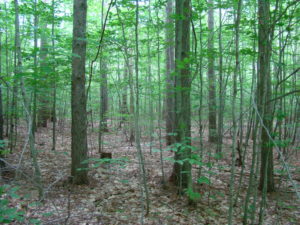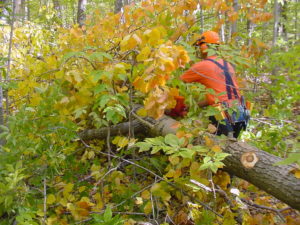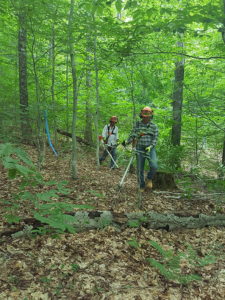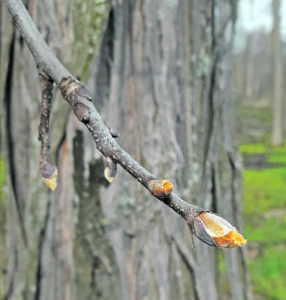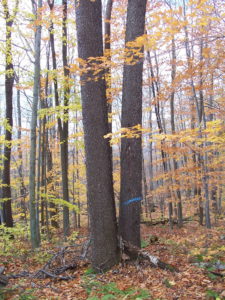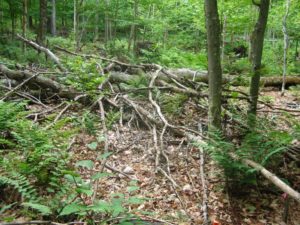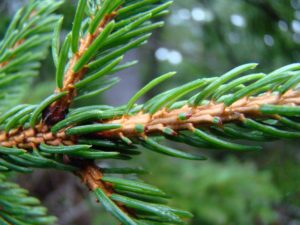Posts by Peter Smallidge
Consider a long-term time frame to think about private forests specifically and broadly; how they used to look, how they have changed, and visualize what future private forests will provide…
Read MoreWoodland owners have different styles of management, from fairly casual to fairly regimented. All different strategies can work, but there are annual maintenance, management and practical activities that are enjoyable,…
Read MoreQuestion: I was visiting a friend’s woodlot last fall. They had logged much of the ash due to Emerald Ash borer and expanded those openings into patches to allow for…
Read MoreLow-grade trees may be aesthetically attractive and have other than economic benefits. Considerable attention is given to high-value trees, particularly how to grow them and their value when harvested. The harvest of just the…
Read MoreLow-grade trees may be aesthetically attractive and have other than economic benefits. Considerable attention is given to high-value trees, particularly how to grow them and their value when harvested. The harvest of just the…
Read MoreManipulations of the trees can create new and varied habitats for wildlife. Most landowners own their land for a variety of reasons, though at any point in time one objective…
Read MoreFall and winter are great seasons to learn about the needle-bearing trees that most people call “pines.” These trees have needles, and may also be called evergreen. Most are within…
Read MoreIn New York and most of the Eastern states, the greatest proportion of woodland owners have relatively small parcels. A “small” parcel size is not defined, but often considered to be…
Read MoreIn New York and most of the Eastern states, the greatest proportion of woodland owners have relatively small parcels. A “small” parcel size is not defined, but often considered to be…
Read More

